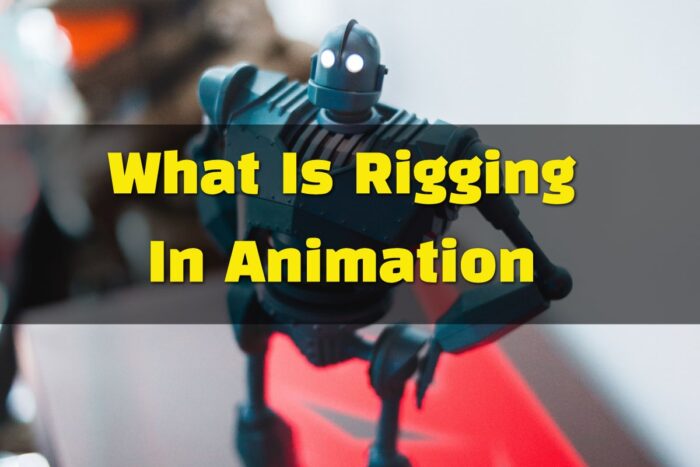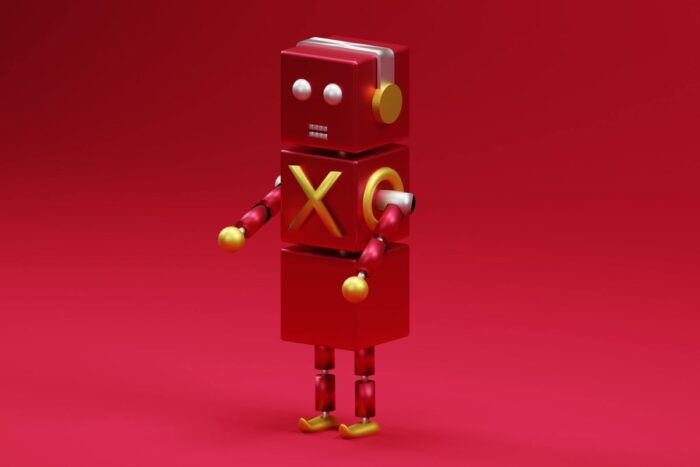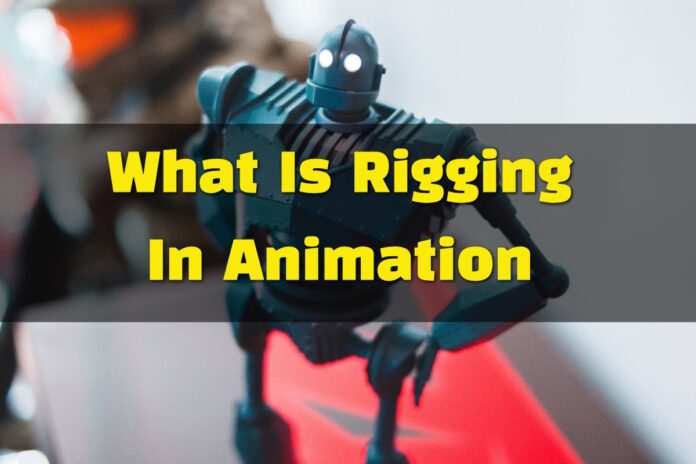What Is Rigging In Animation

Rigging is the process of creating a skeletal structure for a 3D model using software such as Maya. The rig is created by adding bones and controls, which allow an animator to add keyframing to the character in order to create movement.
Skinning, or the process of binding a mesh to a rig, is essential in order to make the frame move in accordance with the rig. Weight painting is also a critical aspect of 3d rigging, as it assigns weights to different parts of the character mesh in order to control how it moves in response to the rig.
In summary, rigging is a vital aspect of the production pipeline, as it allows maintenance of the bone structure and the entire animation process. To use a rig for animation, the desired person needs to know the basics of the principles of animation and body mechanics.
Types Of Rigging In Animation?
There are 2 types of rigging techniques in animation. And understanding body movements in both types of animation is very necessary. The job of a rigging artist is to create a character rig that has controls for every type of movement in the character model.
Forward Kinematics.
FK or Forward kinematics requires animators to manually adjust each bone in the rig to produce movement.
Inverse Kinematics.
IK or Inverse kinematics allows for more efficient movement by creating a hierarchy of controls. IK allows for movement to be achieved by positioning the end of a limb or extremity, as opposed to manipulating each individual bone while doing character animation.
How Does Rigging Work?
Rigging is a technique and an essential component of the character-creation process used in production pipelines for movies, cartoons, and video games. It can be applied to both 2d and 3d animation. However, as compared to 2d animation there are lots of advantages of 3d which enable a 3D model to be moved and animated. A digital control system is provided to animators that allow for manipulating the model’s movements. With rigging, animators can create a biped rig that closely resembles the natural movement of a human character or a quadruped rig that emulates four-legged creatures.

The rig consists of various components such as bones, slider, constraints, controllers, and skinning, each of which has a specific function. Riggers use a wide range of tools and techniques to ensure that the rig is flexible, easy to use, and meets the specific requirements of the project. Rigging is an integral part of producing high-quality 3D animations and is essential to creating believable and visually stunning characters.
What Is Skinning In 3D Animation?
During a rigging process, it is very important that a character’s weight should be properly divided into bones of a 3d model. This process is called skinning. Too much influence on unnecessary bones can distort the rig. Also, maintaining a weight scale while rigging a character is very essential in an animation pipeline. Proper rigging makes weight maintenance and control over deform which are important to give the animators proper freedom over different 3d characters.
How Do You Animate A Rig?
To animate a character, you need to understand how 3d objects can be controlled using digital animation software like Maya. Blender is another open-source 3d software where you can rig and animate characters.
How Can I Learn Rigging?

Without a rig, it is very hard to control movements in characters. However, you can learn rigging by:-
- Understanding how elbows and knee work.
- A solid grasp of the series of bones and the basics of creating a skeleton in the human body.
- Understanding how to move the joints which allow the animator to understand blend shapes, facial expressions, facial rig, and deformation.
- Practicing on biped first in animation software like 3ds max. Or if you are using Autodesk Maya create a basic human bone structure. You can add modifiers and can create manual controls to check how they work.
- Later on, depending on the quality of the rigging, you can combine fitting bones on a 3d mesh and skinning and painting weights and working with vertex. You can also check how controls are helping in the movement of the character.
Even though animators need to work on keyframes only, a solid understanding of character design and rigging in 3d animation is a big kill that can help them understand the production pipeline better but it is not necessary. Big animation studios like Pixar, and Blue sky use complex character rigs and deformers for their animated characters within the rig.
Also, there are lots of top-level courses from Jason Schleifer to understand 3d rigging software as well as the creation of joints and bones. Understanding facial animation is also another part of rigging and animation along with the bones of the rig.
Final Thoughts:
Rigging is a process by which you can add digital bones to a 3d character. We hope you enjoyed this article on rigging in animation. And the concepts you need to know about rig setup must be very much clear to you. Every studio follows a similar process of building a good rig. We hope you really enjoyed this article. Please share this article on your social media channels for giving us more exposure.

